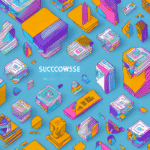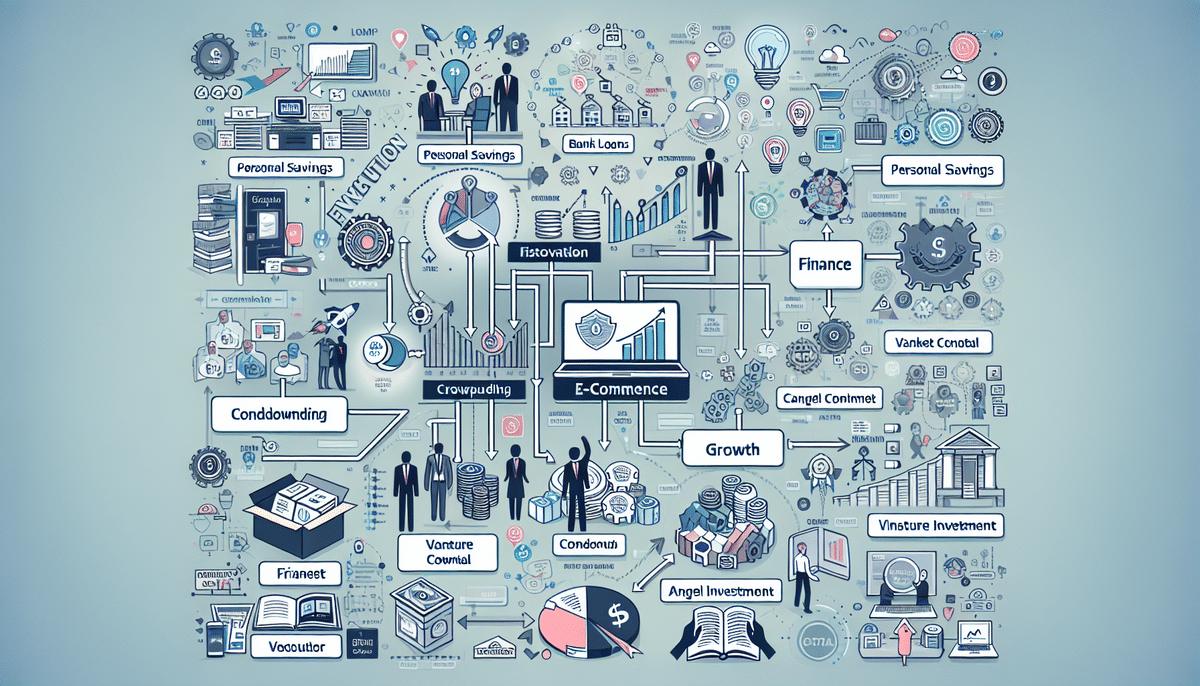6 Essential Crowdfunding Considerations for Product-Based Businesses
Launching a product-based business often requires significant investment to bring innovative ideas to life. Crowdfunding has emerged as a viable alternative to traditional funding methods, allowing entrepreneurs to secure financial support from a broad audience in exchange for rewards or equity. Platforms like Kickstarter and Indiegogo provide entrepreneurs with the tools to market their products, validate their ideas, and build a community of engaged backers. However, a successful crowdfunding campaign demands more than just a great idea. Below are six key considerations to help product-based businesses navigate the crowdfunding landscape effectively.
1. Understanding the Benefits of Crowdfunding
Crowdfunding offers several advantages for product-based businesses:
- Market Validation: Test the viability of your product by gauging interest and receiving feedback directly from potential customers.
- Funding Without Debt: Secure capital without incurring debt or relinquishing significant equity.
- Community Building: Create a loyal customer base by involving backers in the product development process.
- Increased Visibility: Gain media attention and enhance brand recognition through platform exposure.
According to a Statista report, crowdfunding has facilitated the raising of over $34 billion globally, underscoring its significance as a funding source.
2. Selecting the Right Crowdfunding Platform
Choosing the appropriate platform is crucial for the success of your campaign. Consider the following factors:
- Audience Alignment: Ensure the platform’s user base aligns with your target market. For example, Kickstarter is ideal for creative and tech projects, while Indiegogo offers more flexibility for various project types.
- Fee Structure: Understand the fees associated with each platform. Kickstarter typically charges a 5% fee on funds raised, in addition to payment processing fees.
- Support and Resources: Evaluate the level of support and resources the platform provides, such as campaign guidance, marketing tools, and customer service.
Researching and comparing multiple platforms will help you select the one that best fits your project’s needs and objectives.
3. Crafting a Compelling Campaign
A well-designed campaign can significantly enhance your chances of success. Key elements include:
- Clear and Concise Pitch: Articulate the problem your product solves and its unique value proposition.
- High-Quality Visuals: Use professional images and videos to showcase your product’s features and benefits.
- Attractive Rewards: Offer meaningful incentives to backers, such as early-bird discounts, exclusive editions, or personalized experiences.
- Strong Call-to-Action: Encourage potential backers to support your project with urgency and clarity.
Data from a Forbes Business Council article highlights that campaigns with engaging video pitches are 3 times more likely to succeed.
4. Building and Engaging Your Customer Base
Establishing a strong customer base before launching your campaign can drive momentum:
- Leverage Social Media: Use platforms like Instagram, Facebook, and LinkedIn to create buzz and engage with potential backers.
- Email Marketing: Build an email list to communicate updates and exclusive offers directly to interested parties.
- Attend Industry Events: Participate in trade shows and networking events to showcase your product and connect with stakeholders.
Research from HubSpot indicates that businesses with engaged social media communities see higher conversion rates during crowdfunding campaigns.
5. Setting Realistic Funding Goals
Determining the right funding goal is essential for campaign success:
- Assess Production Costs: Calculate all expenses related to manufacturing, shipping, and fulfillment.
- Consider Platform Fees: Factor in the fees charged by the crowdfunding platform and payment processors.
- Set Achievable Targets: Establish a funding goal that is challenging yet attainable based on your market research and outreach efforts.
Setting a realistic goal not only increases your chances of reaching it but also builds trust with potential backers.
6. Managing Post-Campaign Fulfillment
After securing funds, effective management of production and fulfillment is critical:
- Develop a Production Plan: Create a timeline that outlines each stage of production, from manufacturing to shipping.
- Communicate Transparently: Keep backers informed about progress, delays, and any challenges encountered.
- Ensure Quality Control: Maintain high standards to deliver products that meet or exceed backer expectations.
According to a Business News Daily article, effective fulfillment strategies can lead to positive reviews and repeat business, enhancing your brand’s reputation.
Conclusion
Launching a successful crowdfunding campaign requires strategic planning, targeted marketing, and consistent communication. By understanding the benefits of crowdfunding, selecting the right platform, crafting a compelling campaign, building an engaged customer base, setting realistic funding goals, and managing post-campaign fulfillment, product-based businesses can effectively raise the necessary funds to bring their innovative ideas to life. Incorporating these considerations will enhance your campaign’s chances of success and contribute to the sustained growth of your business.






















